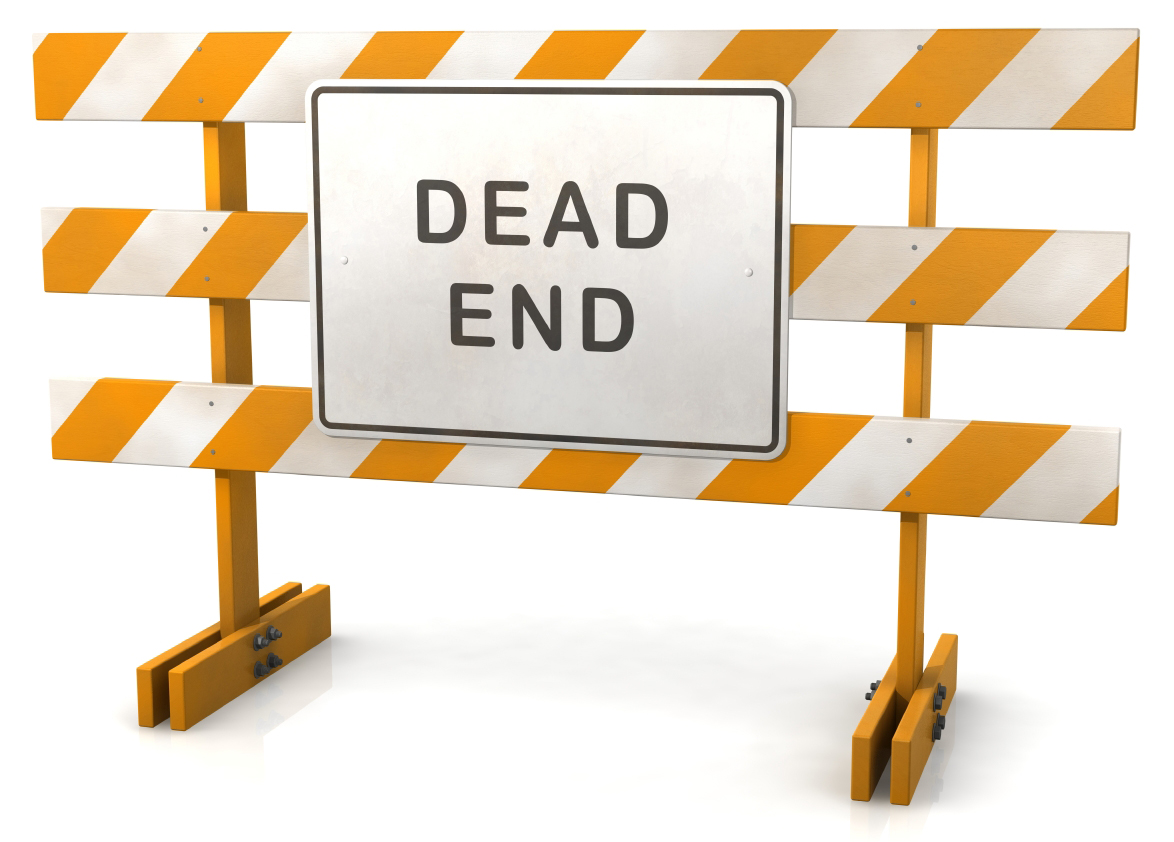The No-Growth Trap
Mini Teaser: Without economic recovery there is no political consensus; without political consensus there is no economic recovery. If Washington fails to overcome its current stalemate, a long period of monetary stagnation and moral decline will set in.
What makes the current impasse over the federal budget seem intractable is not just the fundamental nature of the question of how and at what level to care for the nation’s retired elderly but also the political setting, created by prolonged economic stagnation for so many of America’s citizens, in which it is playing out. In his repeated public remarks, President Obama has highlighted the unwillingness of many congressional Republicans to embrace a spending-cuts/tax-increase compromise along the lines that he and House Speaker John Boehner were pursuing early in the summer. To Mr. Obama’s apparent surprise and frustration, many of those most adamantly opposed to such a compromise have seen their constituents—at least the most active and vocal ones—enthusiastically endorse their entrenched stance.
Wholly apart from the merits of these groups’ views in this particular debate, the unwillingness to entertain compromise with one’s political opponents on the central issues of the day is a phenomenon all too familiar in times when participants in a democratic society lose the sense that that society is delivering any material improvement in their lives. The followers of William Jennings Bryan during America’s populist era, the Klan members of the 1920s (at its peak the Ku Klux Klan was the country’s largest private organization, claiming as members one out of every six eligible Americans), and the volunteers in the “militias” that proliferated across many parts of America during the 1980s and early 1990s all had little interest in political compromise. Each group was born of a deep sense of exclusion from the country’s political process and, once having earned a place at the table, displayed little familiarity with and even less enthusiasm for long-established ways of working matters out. In each case the perception, instead, was that the established way of running the country was what had produced the outcomes that they found so objectionable in the first place, whether falling farm prices or the influx of non-Protestant immigrants or what they perceived as excessive taxes and burdensome regulation. (Other seemingly novel aspects of today’s political landscape, such as the opposition of many libertarians and Tea Party supporters to having a central bank, or the view, expressed by many citizens who now carry copies of the Constitution with them to political meetings, that two hundred years of Supreme Court jurisprudence is irrelevant because any citizen who reads the document is fully capable of knowing what it means, are likewise characteristic of prior periods of ascendancy of new groups to political prominence, not just in America but elsewhere as well.)
What enabled America’s political machinery to move beyond such hurdles was, more often than not, the return of rising living standards. The agricultural depression that incubated the late-nineteenth-century populist movement gave way in the mid-1890s to two decades of vigorous—albeit irregular—economic expansion. The stagnation of middle-class incomes initially triggered by the OPEC cartel’s oil-price increase finally ended in the early 1990s, and incomes then rose sharply throughout the balance of that decade. The story of the 1920s and 1930s is more complicated, in that a new political mood began to emerge well in advance of any significant recovery from the outright depression that had followed four earlier post–World War I downturns. The most likely explanation is that after 1929 the depression was not only so severe but also so sufficiently widespread that Americans had a sense of everyone’s going down together—a condition certainly not shared in the most recent financial crisis, nor in the more general stagnation of incomes and living standards that set in more than a decade ago.
The present threat, therefore, is that the continued absence of economic improvement for the majority of America’s families will block a resolution of the budget impasse—which is to say, it will preclude a satisfactory response to the demographic problem that has been looming since the baby-boom generation began to arrive nearly seventy years ago. If so, the resulting inaction (or action such as it will be) will surely impede any prospects for the U.S. economy to return to a trajectory of sustained growth shared broadly throughout the workforce. Until the bulk of America’s citizens begin to see an improvement in their economic prospects, the political basis for addressing these challenges will remain weak if not perverse.
Hence the “no-growth trap” that we now face. Recognizing a threat is not the same as overcoming it. Nor will merely being straightforward about the economic and moral issues that the support of our retired elderly population entails—important as that political honesty would be—answer the question of what we should do. But if we fail, as a nation, to overcome our current stalemate, and the rising acrimony that comes with it, we will be headed for a long period of not only economic stagnation but moral decline as well.
This essay grew out of conversations with John Olcay. But responsibility for any errors or controversy lies with me.
Benjamin M. Friedman is the William Joseph Maier Professor of Political Economy at Harvard University. His most recent book is The Moral Consequences of Economic Growth (Knopf, 2005).
Image: Pullquote: What if this time the political stalemate we now see also blocks policies that would restore the growth of incomes and living standards?Essay Types: Essay
Pullquote: What if this time the political stalemate we now see also blocks policies that would restore the growth of incomes and living standards?Essay Types: Essay 